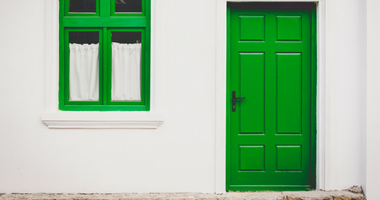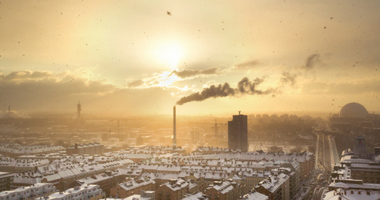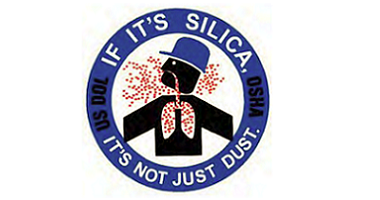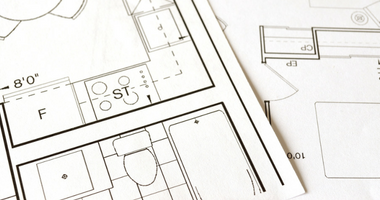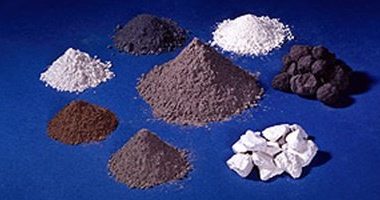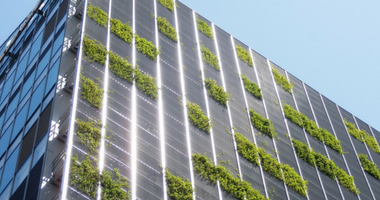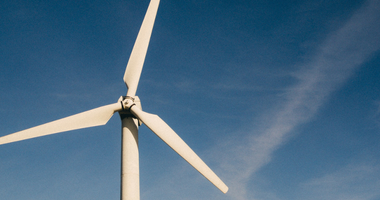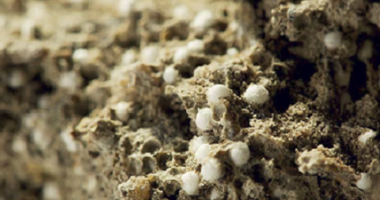The U.S. Green Building Council’s research suggests that a quarter of new buildings that have been certified in the Leadership in Energy and Environmental Design (LEED) program do not save as much energy as their designs predicted, and most do not track ongoing energy consumption. These findings don’t generate a lot of confidence among the public in green building.
Author: William D. Palmer Jr.
The New Green Building Code and What It Means To You
We are just at the tip of a big green iceberg that your company’s ship is sailing toward at full speed. As the IGCC becomes more recognized, many states, counties and cities are sure to adopt it as part of their building code.
A Volatile Issue: A Breakdown of VOCs
There’s no way around the fact that volatile organic compounds (VOCs) are nasty stuff. They smell bad, they are highly flammable, they damage the atmosphere, and they can be acutely toxic to human and other living beings.
Protecting Your Crew from Silica Dust and Lead
This column covers a topic that could determine the sustainability of your business: indoor air quality both during and after construction. Although air quality for your workers and your clients has always been your responsibility, new federal rules are making it essential.
Sustainable Construction Techniques Earning LEED
Sustainable design is a big part of what makes a building green – especially in terms of earning LEED points – but sustainable construction techniques can add a few points and can also prove to an owner or designer that your company is serious about the issue.
Are we looking at the demise of fly ash in concrete?
When evaluating the carbon footprint of concrete, we consider the greenhouse gases released during cement manufacturing, aggregate mining, admixture production, and transportation of all the materials to the cement plant and the ready-mix plant and then to the job site. Although there are other sources contributing to the carbon footprint of concrete, cement is the bad actor, despite the fact that we couldn’t make concrete without it.
Considering the Liability of Building Green
Have you considered the liability implications of building green? All construction projects have risks associated with meeting specifications and staying on schedule, but green construction throws in some twists that you should be aware of going in.
Greening Your Decorative Concrete Business
Concrete contractors often tell me that they don’t have any input in the green aspects of the jobs they work on. By the time the concrete sub is hired, those decisions have been made, so what’s the use of even bothering?
The New Trend Towards Green Concrete
Green was a hot topic at this year’s World of Concrete show. It seemed that every exhibitor had some mention of green in their displays. In some cases this seemed to be little more than lip service, but in other cases, some very real steps are being taken towards greener concrete.
Understanding the Green Scoring System
To start learning how to describe concrete’s green qualities, you need to understand how green points systems work. LEED (Leadership in Energy and Environmental Design) is the most commonly used green rating system for buildings in North America.
